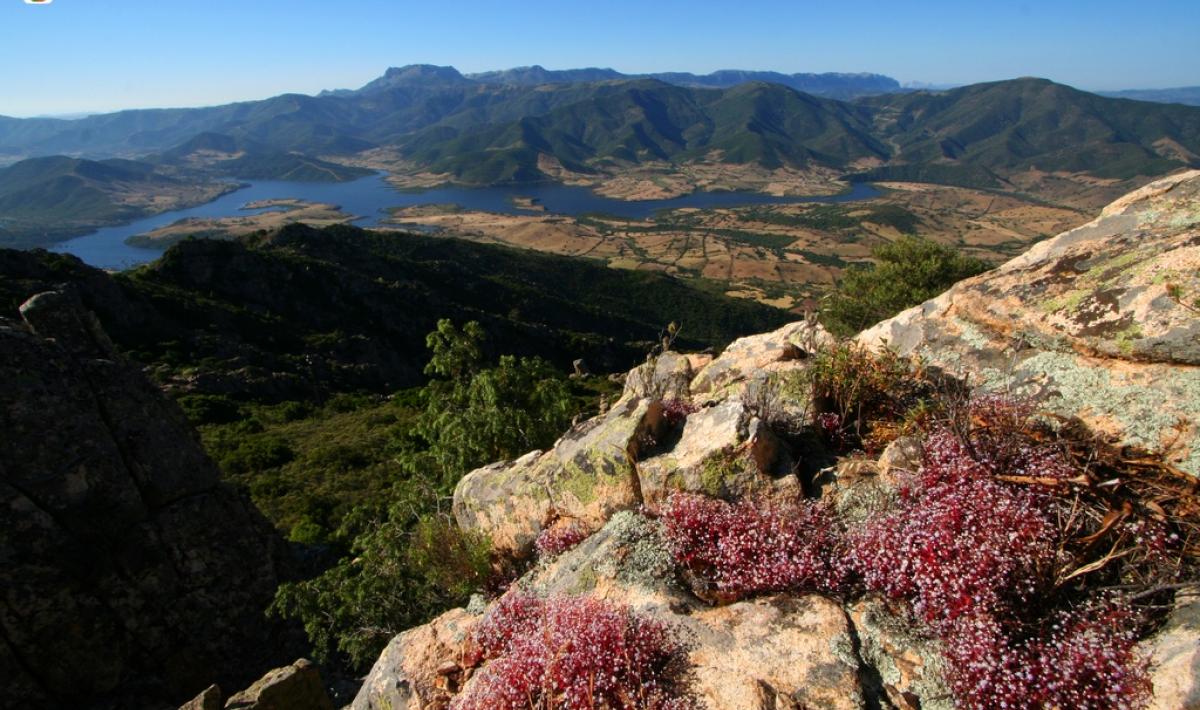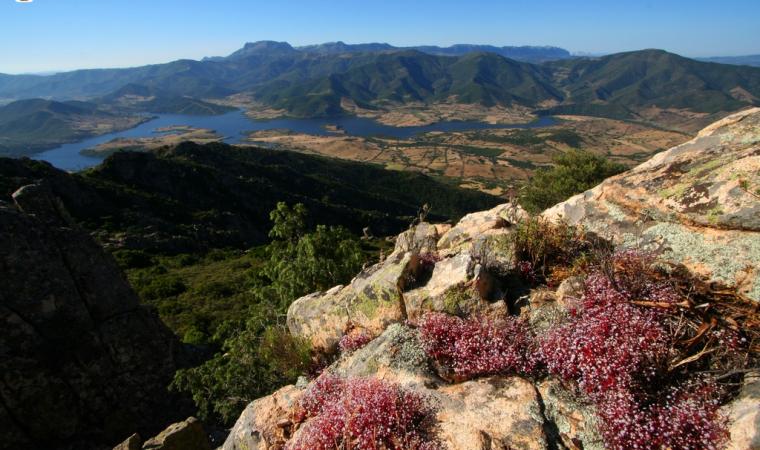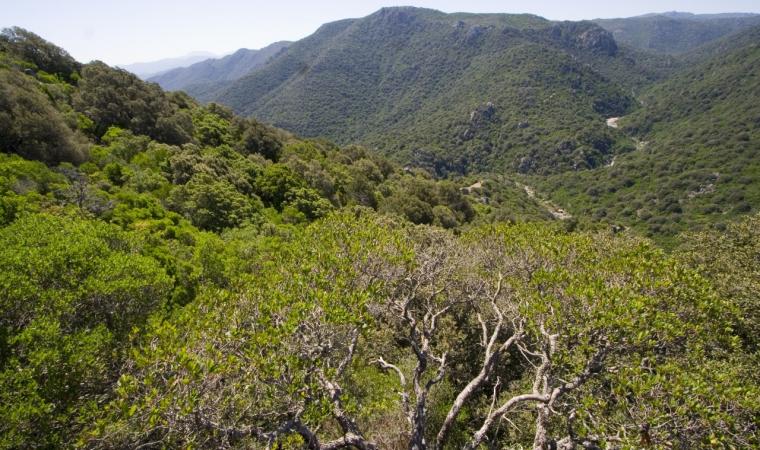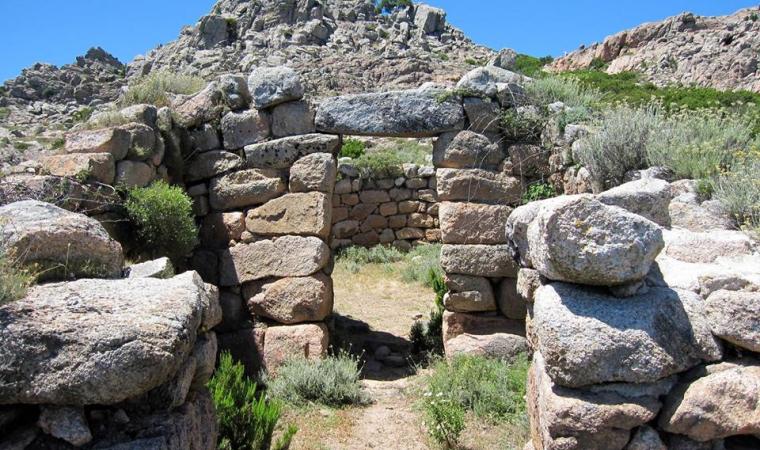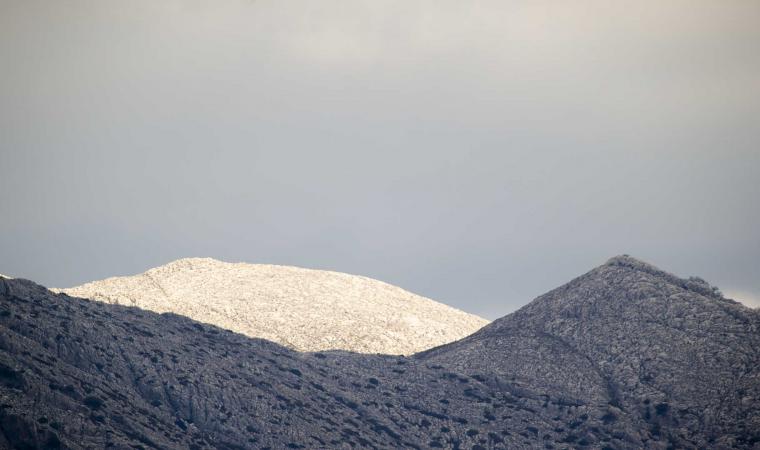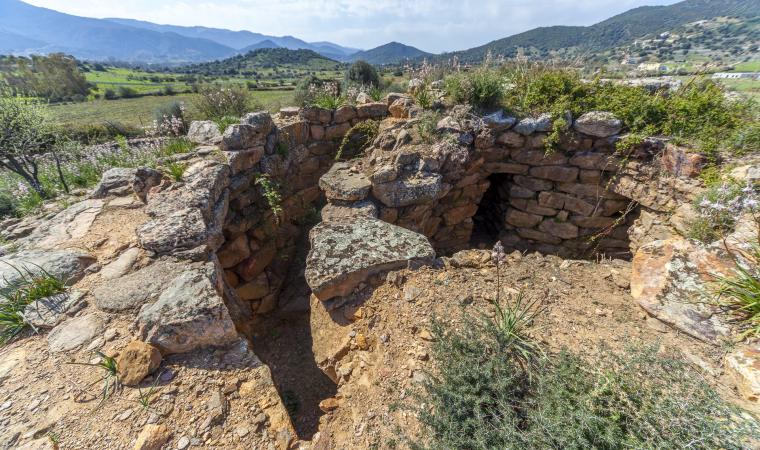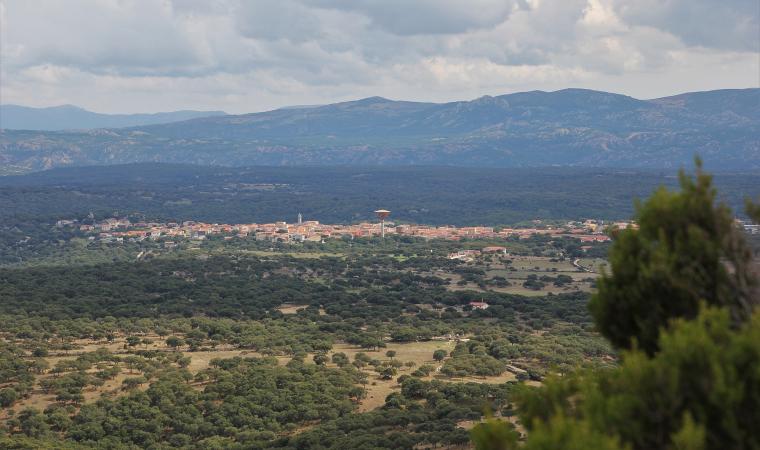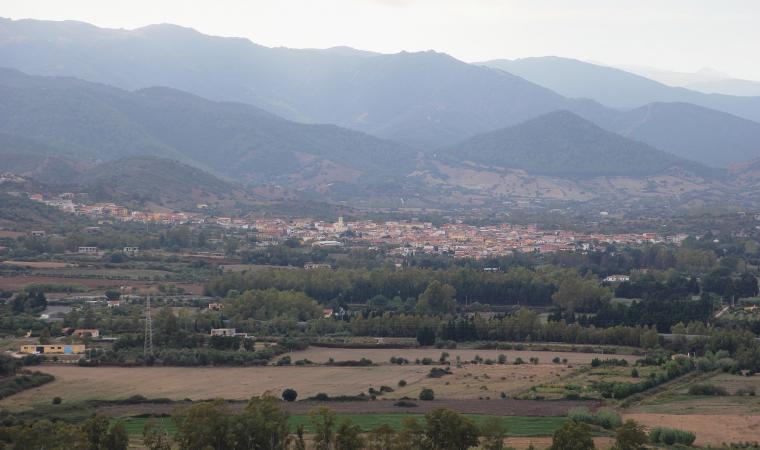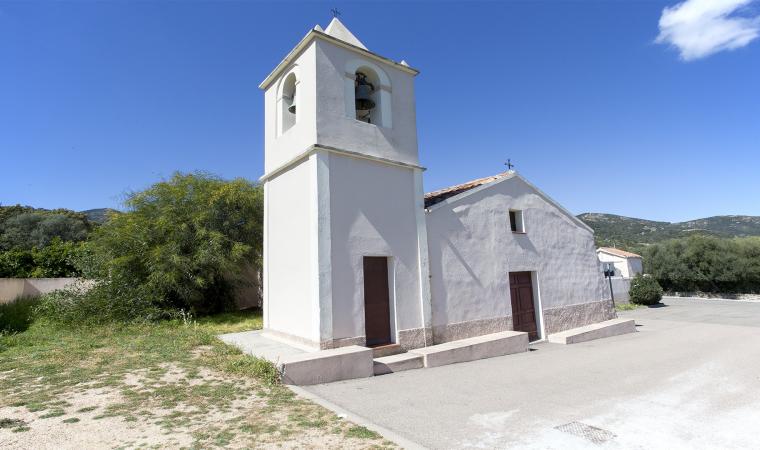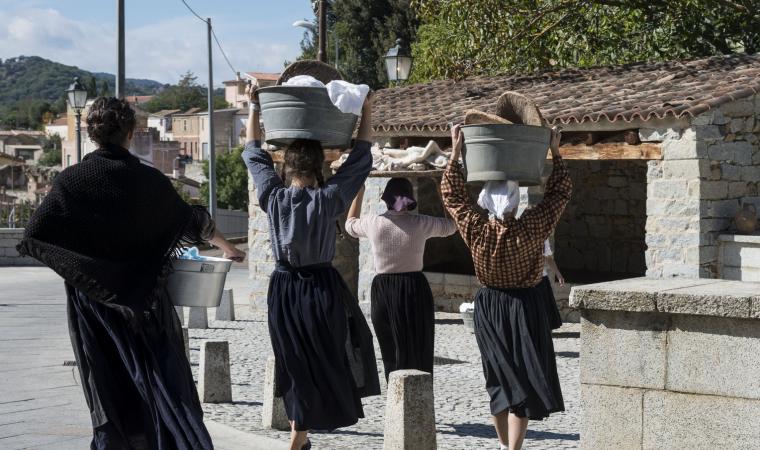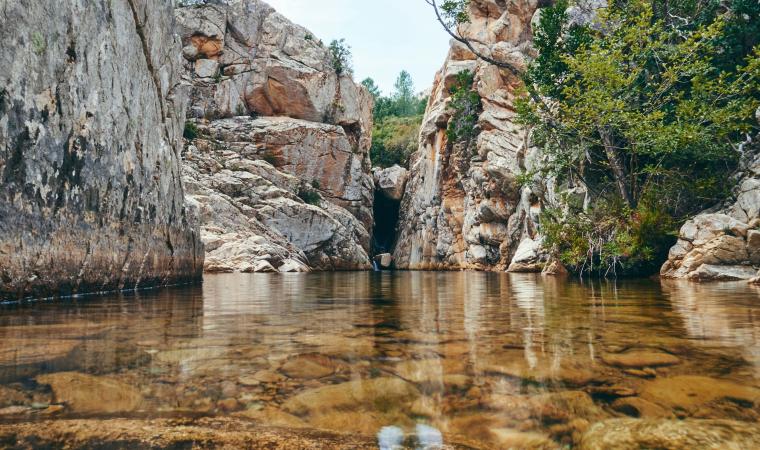Man has protected it, making it green again and usable. A story of great respect for nature characterizes the regional park of the Oasis of Tepilora, which is, in reality,‘very young’ (established in 2014), but which had a long gestation period. Above all, it has great natural and historical-cultural value: almost eight thousand hectares of unspoilt forests, trails, springs, rivers and ‘dunes’ in the territory of Bitti, Lodè, Posada and Torpè.
Between 1980 and 1986, the two main areas, Tepilora and Crastazza, were reforested, using conifers for the process. The entire perimeter was equipped with infrastructures and services and the new vegetation supplemented the spontaneous Mediterranean vegetation. In the reforestation, numerous species found refuge: the wild boar, the Sardinian hare, the fox and some types of fallow deer and mouflon.
The park extends from the woods of Tepilora as far as the mouth of the Posadarivulet, an element connecting mountain and sea. Its delta with meanders, bends and fossilized outlets, is the result of thousands of years of evolution. Reed beds, tamarisks and bullrushes ensure the optimal nesting conditions for cormorants, egrets, herons, flamingos, black-winged stilts and even the western swamphen. The Posada branches off into two directions: one of them connects to the Longupond, the ideal context for kayak excursions.
Mount Tepilora is the distinctive element of the park: a triangular rocky peak that stands out behind the wooded areas of Crastazza and the forest of Sos Littos, protected since 1914. The golden eagle characterizes the wild nature of the area. Excursions continue on to Montalbo, with a dense network of trails running through the greenery, while the white lunar desert dominates the summit; you can reach the artificial lake of Maccheronis, which is ideal for bike rides along the modern cycle lanes; lastly, there is the forest of Usinavà, featuring rocks that have been shaped over time by the weather, taking on forms from the animal world.

